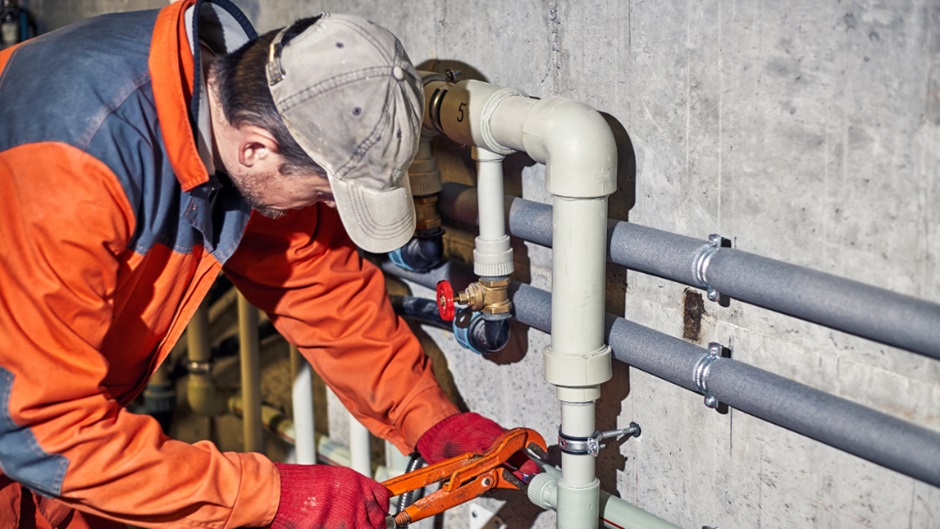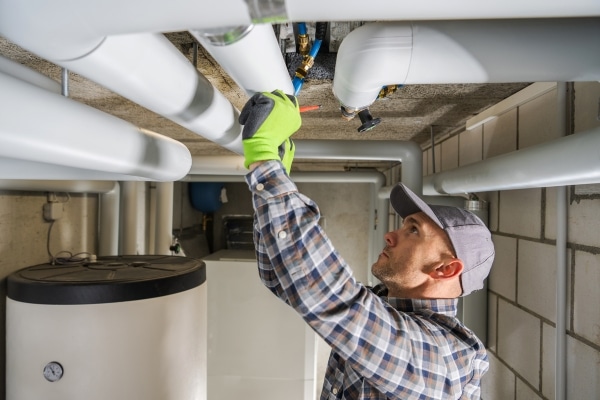
The Role of Commercial Plumbing in Sustainable Building Practices
As the construction industry increasingly shifts toward sustainable building practices, commercial plumbing plays a crucial role in achieving environmental goals and operational efficiency. By integrating advanced plumbing systems and sustainable practices, commercial plumbing contributes significantly to reducing a building’s ecological footprint, improving water conservation, and enhancing overall performance.
Understanding Sustainable Building Practices
Sustainable building practices aim to reduce the environmental impact of buildings throughout their lifecycle. This involves using resources more efficiently, minimizing waste, and improving energy and water efficiency. The principles of sustainability in construction are designed to create buildings that are environmentally responsible, resource-efficient, and comfortable for occupants. In this context, commercial plumbing systems are essential for achieving these objectives.
Water Conservation Through Advanced Plumbing Technologies
One of the primary contributions of commercial plumbing to sustainable building practices is water conservation. Advanced plumbing technologies are designed to minimize water usage while maintaining performance. Key innovations include:
- Low-Flow Fixtures: Commercial plumbing installations often feature low-flow faucets, toilets, and urinals that significantly reduce water consumption. These fixtures use less water per use compared to traditional models, which helps in lowering water bills and reducing the strain on municipal water supplies.
- Water-Efficient Systems: Incorporating water-efficient systems such as greywater recycling and rainwater harvesting can dramatically enhance water conservation efforts. Greywater systems recycle wastewater from sinks and showers for non-potable uses like irrigation and toilet flushing. Rainwater harvesting captures and stores rainwater for similar applications, further decreasing reliance on potable water sources.
- Smart Technology: The integration of smart sensors and automated controls in commercial plumbing systems can optimize water usage. For example, motion-sensor faucets and toilets reduce water waste by ensuring that water flows only when needed. Additionally, smart irrigation systems can adjust watering schedules based on weather conditions, preventing overuse.
Energy Efficiency in Plumbing Systems
Energy efficiency is another critical aspect of sustainable building practices, and commercial plumbing systems can contribute to this goal in several ways:

- Heat Recovery Systems: Commercial plumbing can include heat recovery systems that capture and reuse heat from wastewater. These systems transfer heat from used water to incoming cold water, reducing the energy required for water heating. This process not only conserves energy but also lowers operational costs.
- Insulated Piping: Proper insulation of pipes can minimize heat loss, particularly in systems that involve hot water transportation. By reducing the need for additional heating, insulated pipes contribute to energy savings and enhance overall system efficiency.
- Energy-Efficient Water Heaters: The choice of water heaters can impact energy consumption significantly. Commercial buildings often use energy-efficient water heaters, such as tankless or on-demand models, which provide hot water only when needed and reduce standby energy losses associated with traditional storage water heaters.
Compliance with Green Building Standards
To align with sustainable building practices, commercial plumbing systems must comply with various green building standards and certifications. These standards, such as LEED (Leadership in Energy and Environmental Design) and BREEAM (Building Research Establishment Environmental Assessment Method), provide guidelines for designing and constructing environmentally friendly buildings. Compliance with these standards often includes:
- Water Use Reduction: Achieving certifications typically requires demonstrating a reduction in water usage through the implementation of efficient plumbing systems and fixtures.
- Material Selection: Sustainable plumbing practices involve selecting materials that are environmentally friendly, such as low-impact piping materials and products with minimal toxic emissions.
- Overall Performance: Green building certifications assess the overall performance of plumbing systems, including their contribution to energy and water efficiency, indoor environmental quality, and the reduction of environmental impact.
Long-Term Benefits of Sustainable Commercial Plumbing
Investing in sustainable commercial plumbing offers numerous long-term benefits for building owners and occupants:
- Cost Savings: Although the initial investment in advanced plumbing technologies may be higher, the long-term savings in water and energy bills can be substantial. Reduced maintenance and operational costs further enhance the financial viability of sustainable plumbing systems.
- Enhanced Building Value: Buildings that incorporate sustainable plumbing practices are often more attractive to tenants and buyers due to their lower operating costs and environmentally friendly features. This can lead to increased property value and competitive advantage in the market.
- Environmental Impact: By reducing water and energy consumption, sustainable commercial plumbing systems help mitigate the environmental impact of buildings. This contributes to broader efforts in combating climate change and preserving natural resources.
Conclusion
Incorporating sustainable building practices is increasingly essential for modern construction, and commercial plumbing plays a pivotal role in this transition. Through advanced water conservation technologies, energy-efficient systems, and compliance with green building standards, commercial plumbing contributes significantly to the sustainability of buildings. As the demand for environmentally responsible construction continues to grow, the role of commercial plumbing in supporting these efforts becomes ever more critical.

